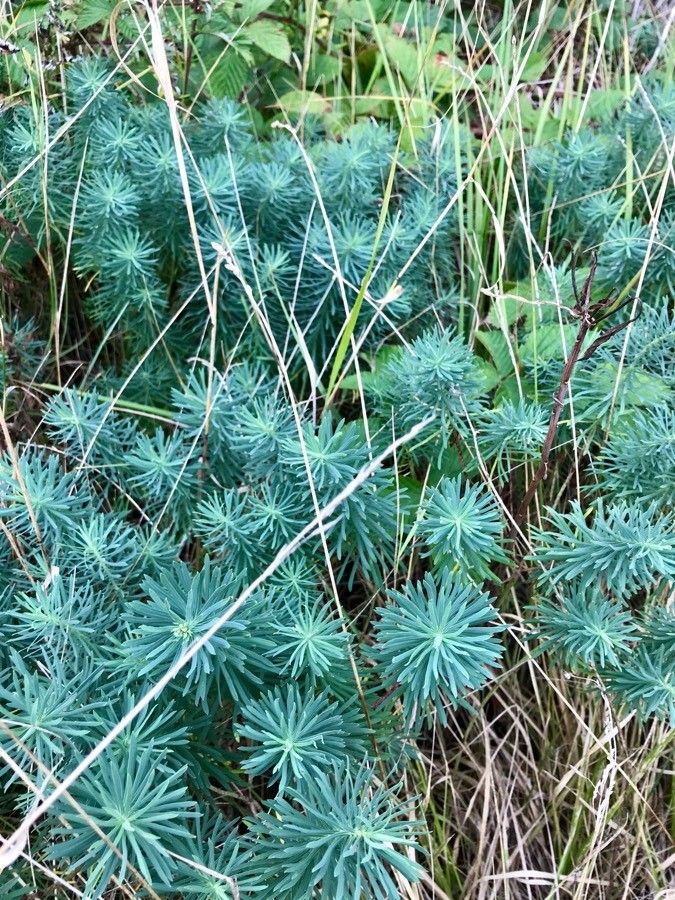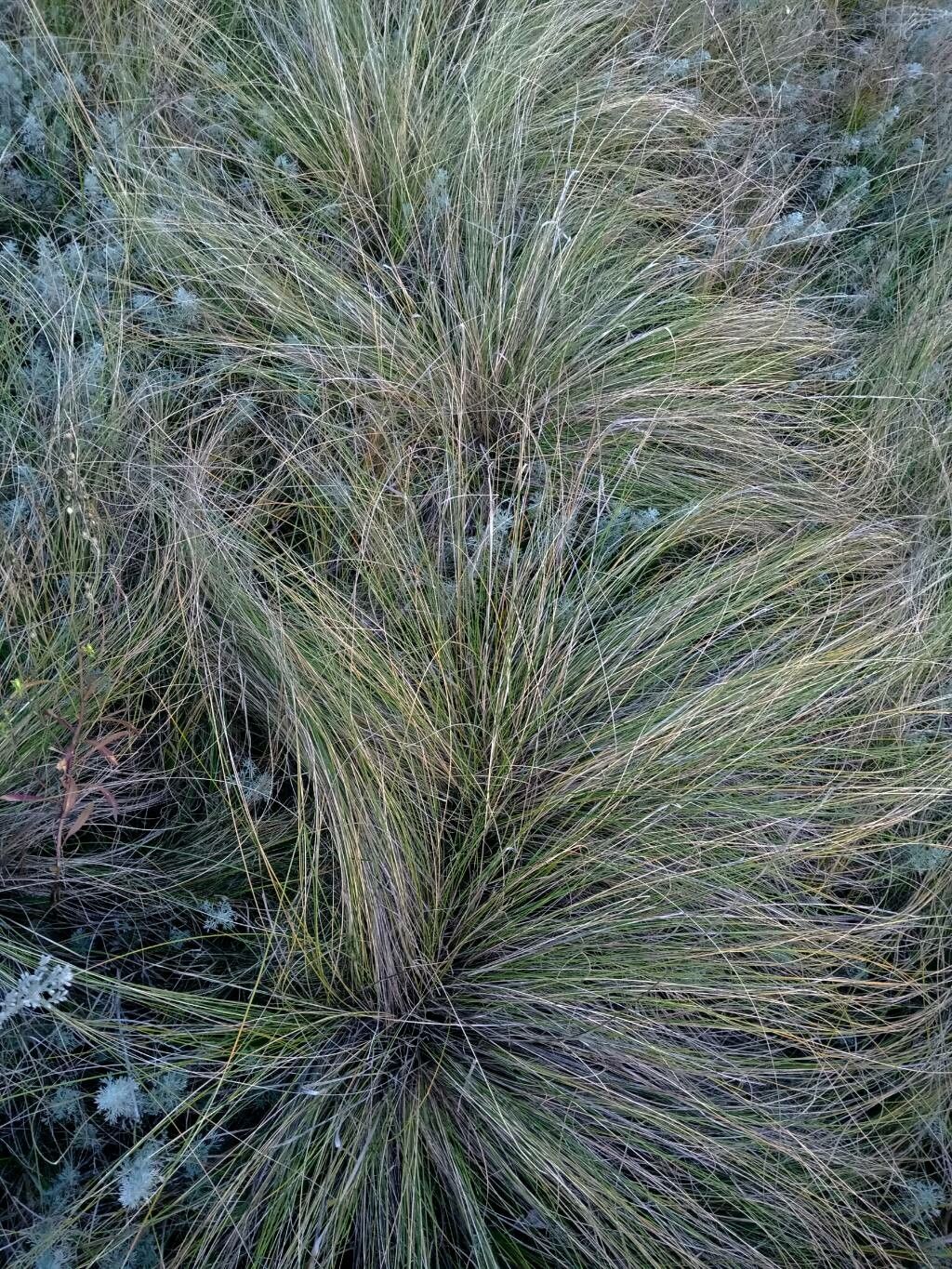# Beans: A Comprehensive Guide to Cultivation
The humble bean, a staple in cuisines worldwide, belongs to the Fabaceae family, also known as the legume family. This extensive family boasts incredible diversity, ranging from the familiar green bean to the hearty kidney bean and the versatile black bean. This guide will provide you with the essential knowledge to successfully cultivate these nutritional powerhouses in your garden.
### Understanding Bean Varieties
The term 'bean' encompasses a vast array of species and cultivars. They are broadly categorized based on growth habit:
* **Bush Beans:** These compact plants are ideal for smaller gardens, producing a concentrated yield over a shorter period. They are typically harvested all at once.
* **Pole Beans:** These climbing beans require support, such as trellises or stakes, to grow vertically. They offer a longer harvest period, producing beans over several weeks.
Beyond the growth habit, beans also vary in color, size, and flavor. From the delicate sweetness of snap peas to the earthy richness of kidney beans, the choices are extensive, allowing gardeners to tailor their selections to individual preferences.
### Sunlight and Soil Requirements
Beans thrive in **full sun**, requiring at least six to eight hours of direct sunlight per day. Partial shade may be tolerated, but reduced sun exposure will often result in lower yields and slower growth.
Well-drained soil is crucial for healthy bean plants. Beans prefer slightly acidic to neutral soil with a pH between 6.0 and 7.0. Poorly drained soil leads to root rot, a common problem that can quickly decimate a bean crop. Before planting, amend heavy clay soils with organic matter like compost to improve drainage and aeration.
### Planting and Care
Beans are typically sown directly into the garden after the last frost. Plant seeds about 1 inch deep and spaced according to package instructions, ensuring adequate spacing between plants to allow for proper air circulation and prevent overcrowding.
Regular watering is essential, especially during dry periods. Keep the soil consistently moist but not waterlogged. Mulching around the plants helps retain soil moisture and suppress weeds.
Beans are nitrogen-fixing plants, meaning they enrich the soil with nitrogen. This is a significant benefit, reducing the need for nitrogen-rich fertilizers. However, adding a balanced, slow-release fertilizer can still boost yields.
### Pest and Disease Management
Beans are susceptible to various pests and diseases. Regular monitoring for signs of infestation or disease is critical for early intervention. Common problems include bean beetles, aphids, and fungal diseases like anthracnose. Implementing appropriate pest control measures, such as companion planting and natural pest deterrents, can help minimize these issues. Crop rotation is also beneficial in reducing pest and disease pressure.
### Harvesting
The timing of harvest depends on the bean variety and intended use. Snap beans are typically harvested while young and tender, while dried beans are left to mature on the vine until the pods turn brown and dry.
By following these guidelines, you can successfully cultivate a bountiful harvest of beans, providing you with a delicious and nutritious addition to your meals.
Beans: Planting, Growing & Care Guide

Frequently Asked Questions
How to grow beans from seed?
Plant bean seeds 1 inch deep and spaced appropriately after the last frost. Ensure well-drained, slightly acidic soil and provide full sun. Water regularly, keeping the soil consistently moist.
What kind of soil do beans need?
Beans prefer well-drained soil with a slightly acidic to neutral pH (6.0-7.0). Amend heavy clay soils with compost to improve drainage. Avoid poorly drained soils prone to root rot.


